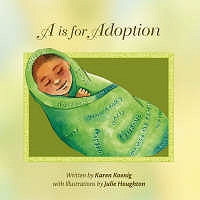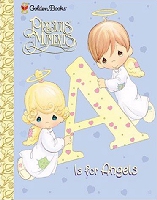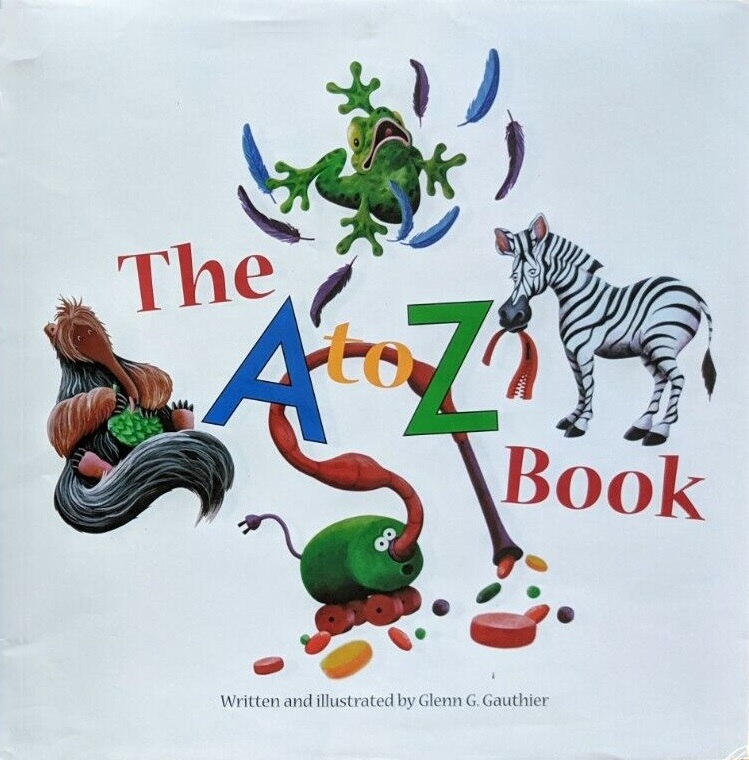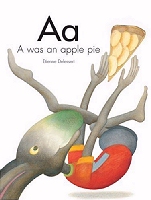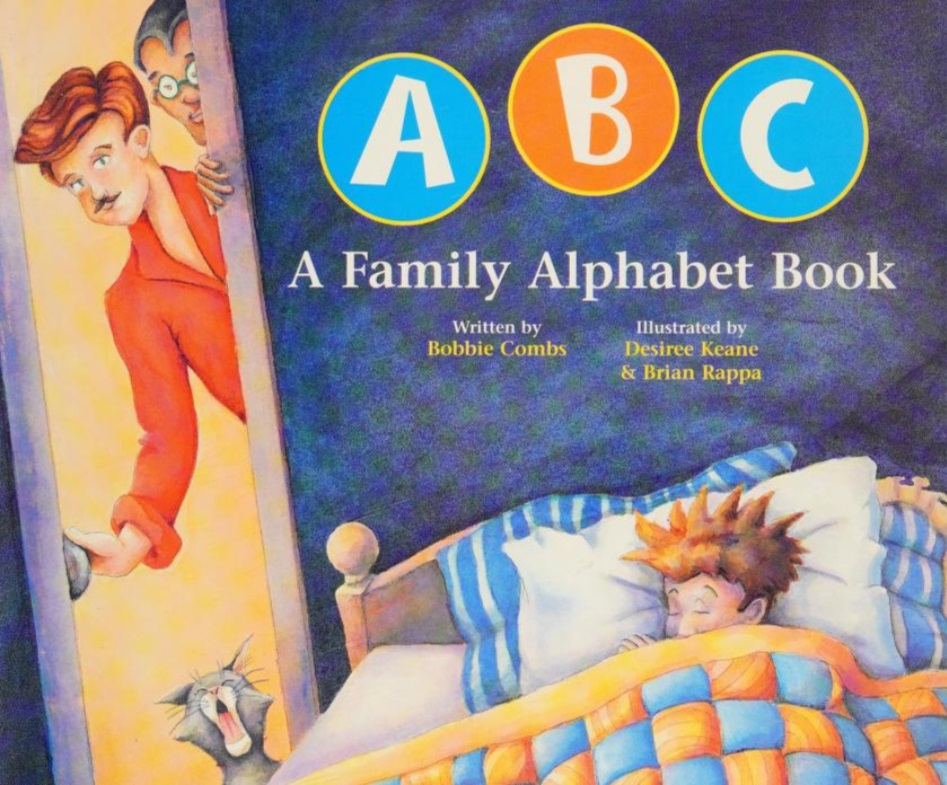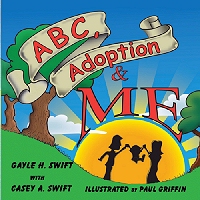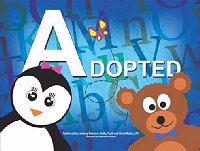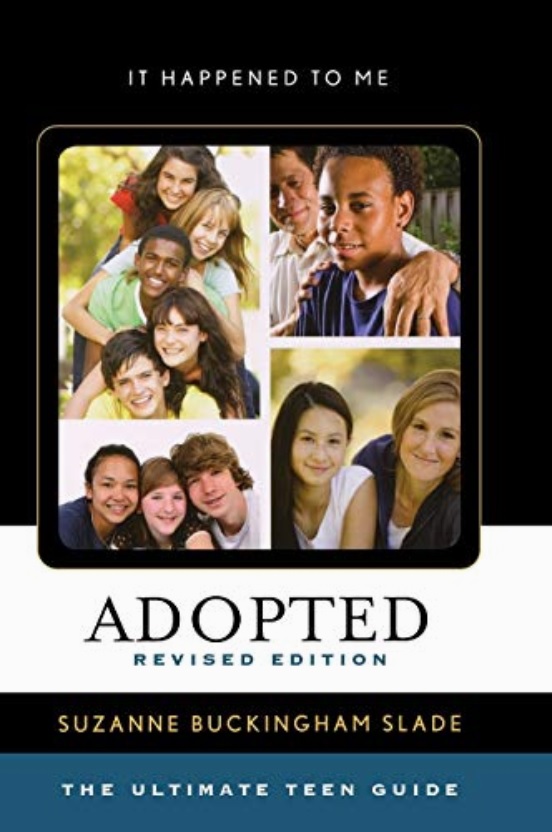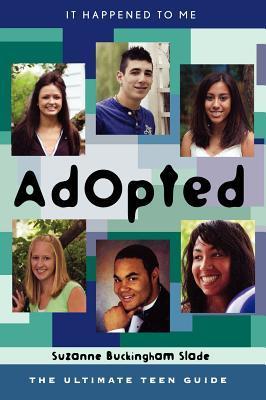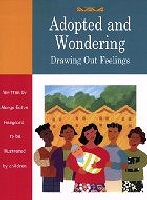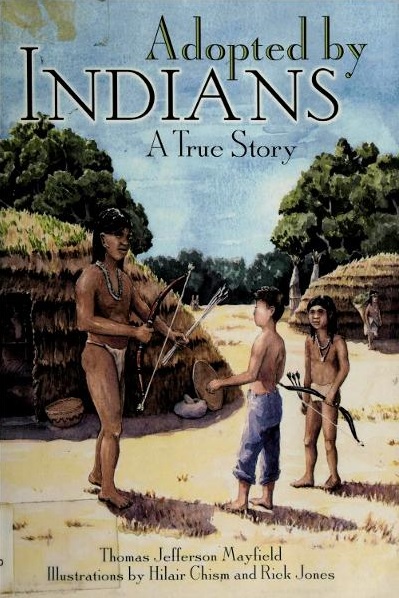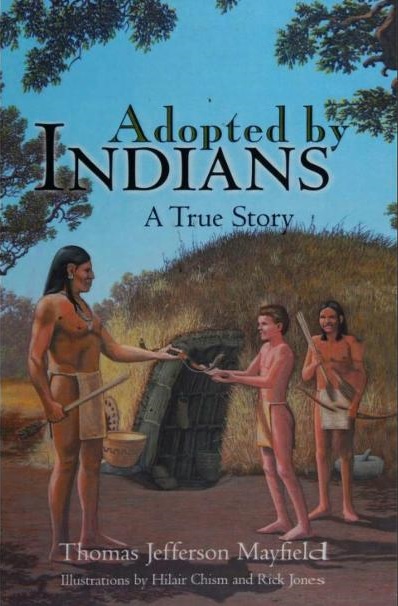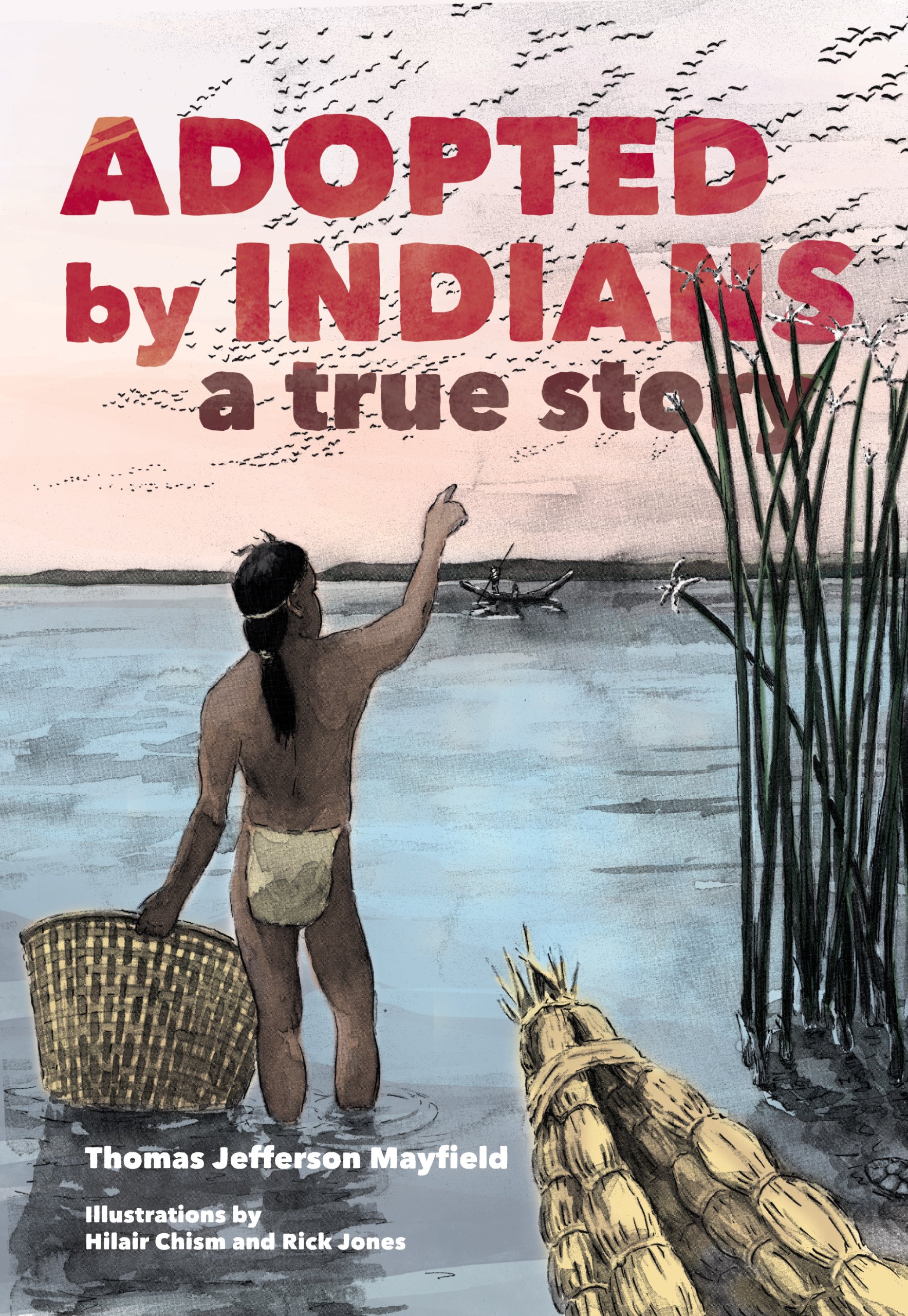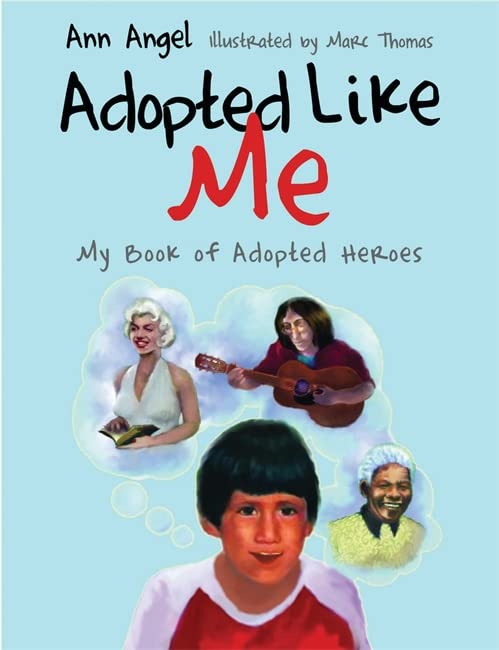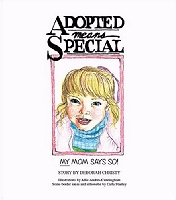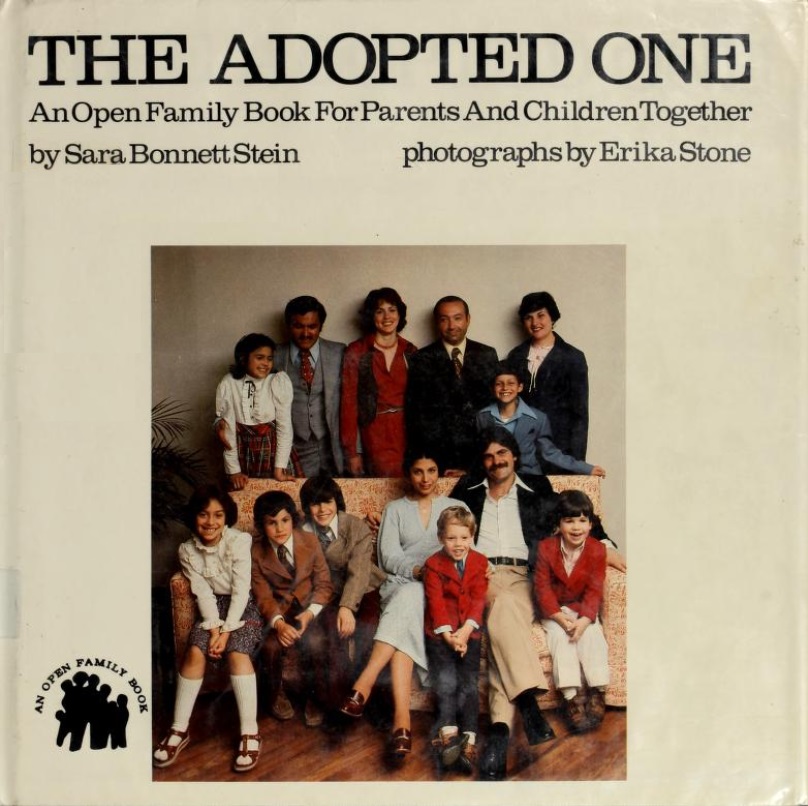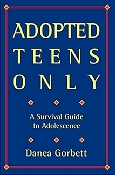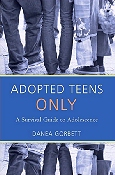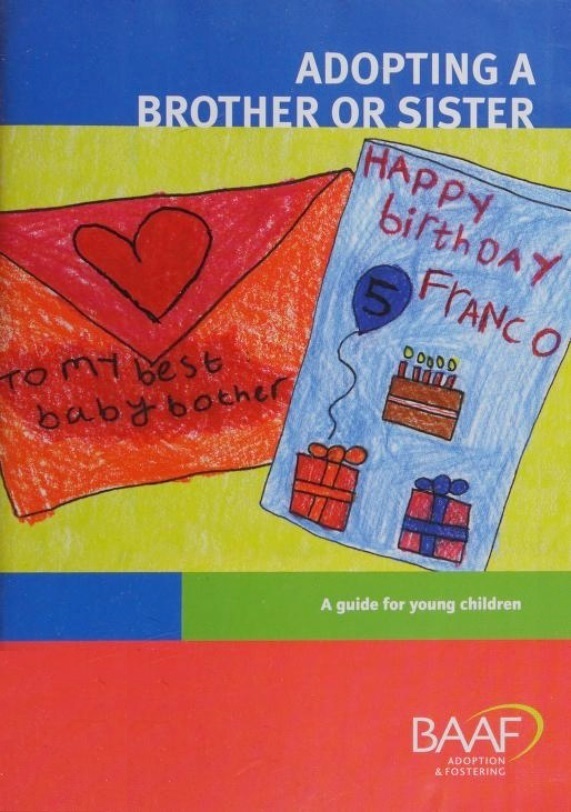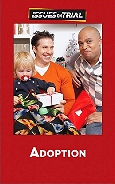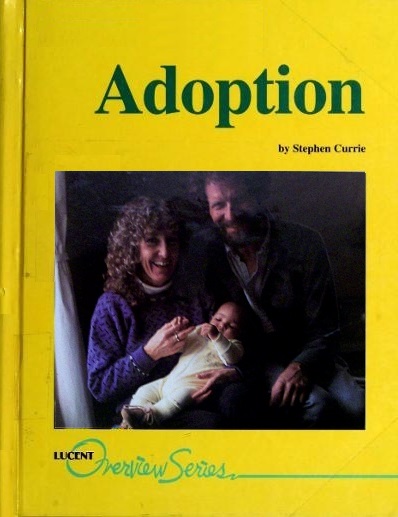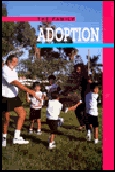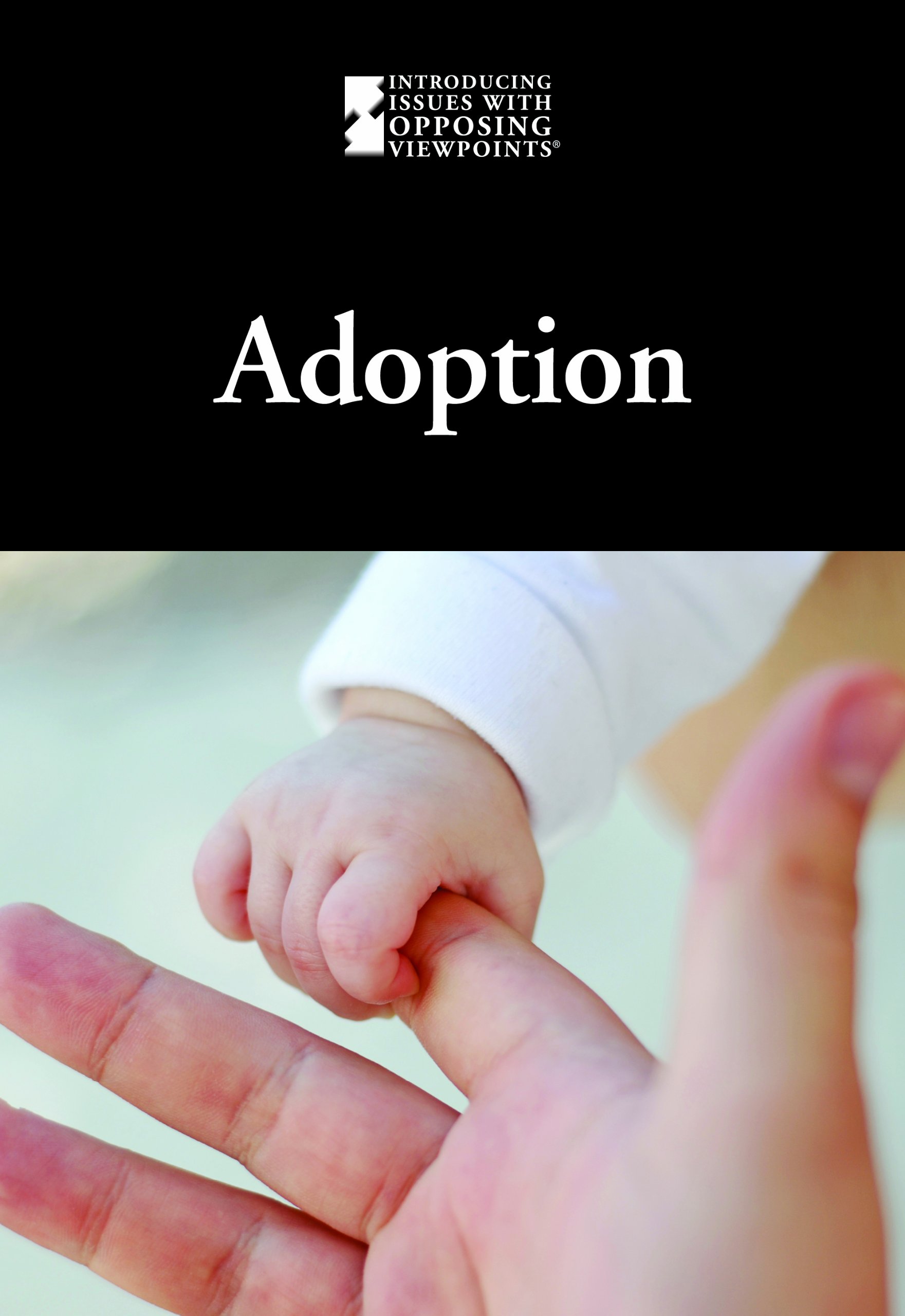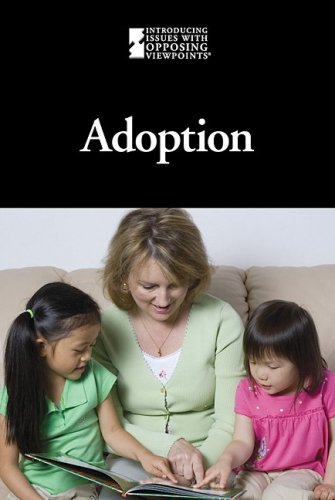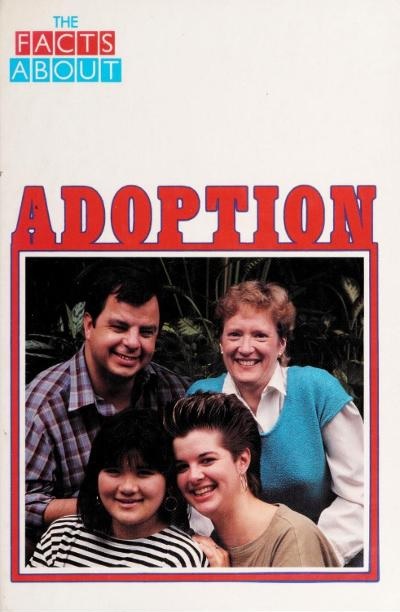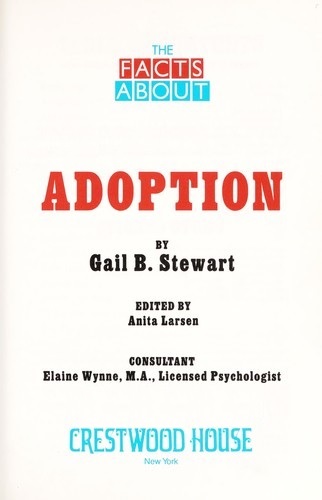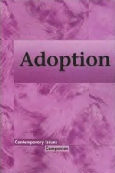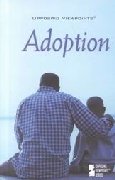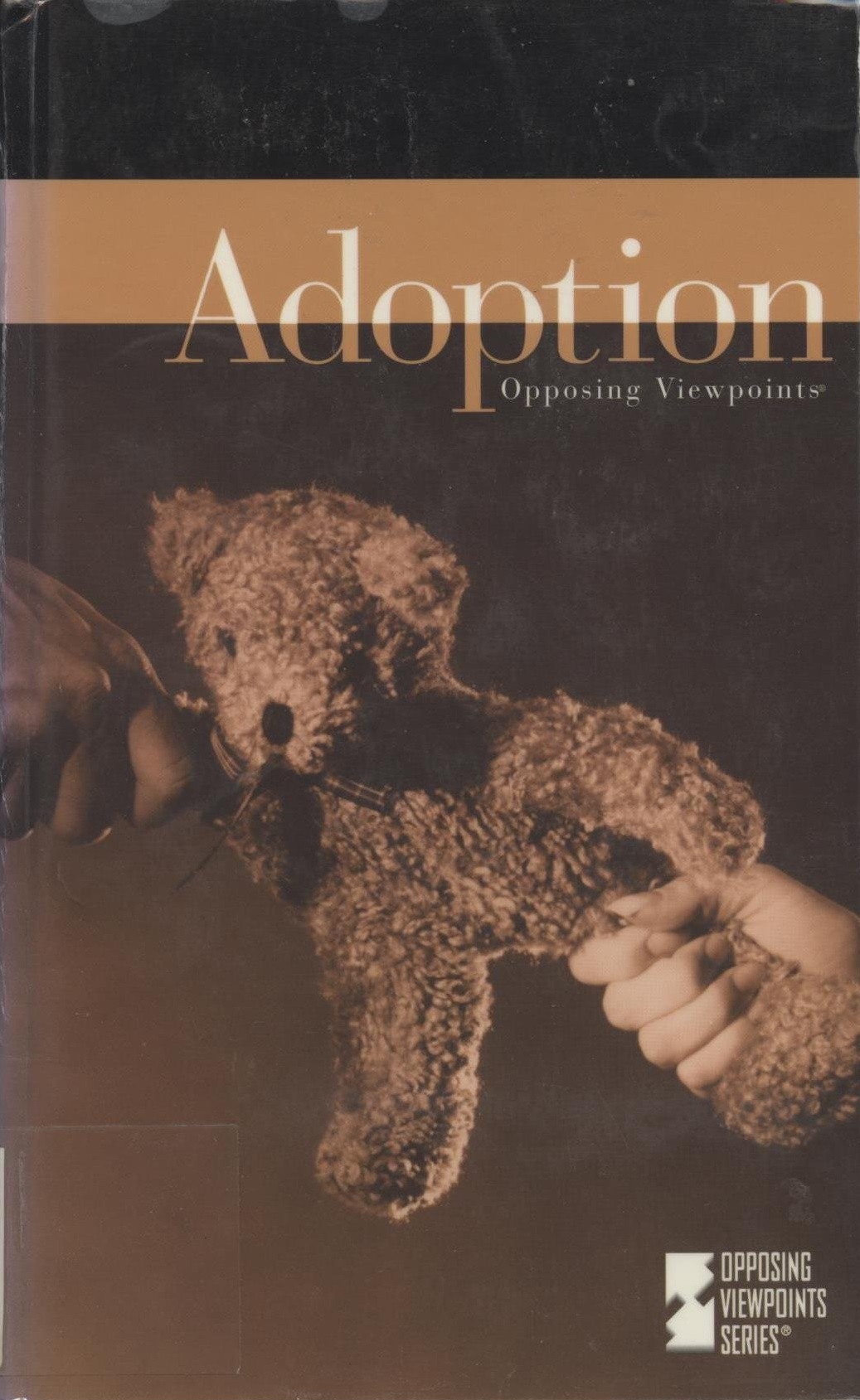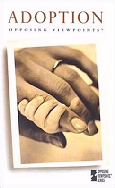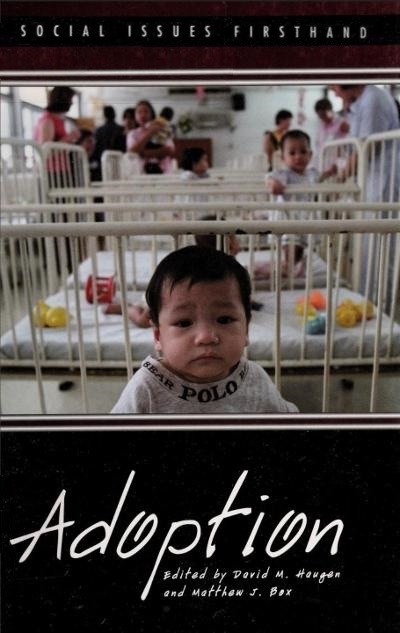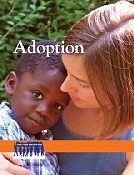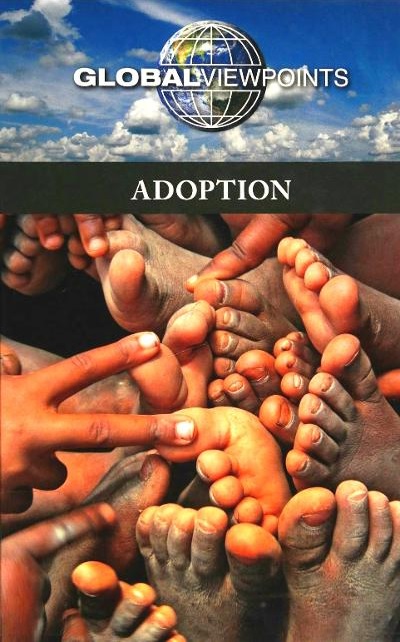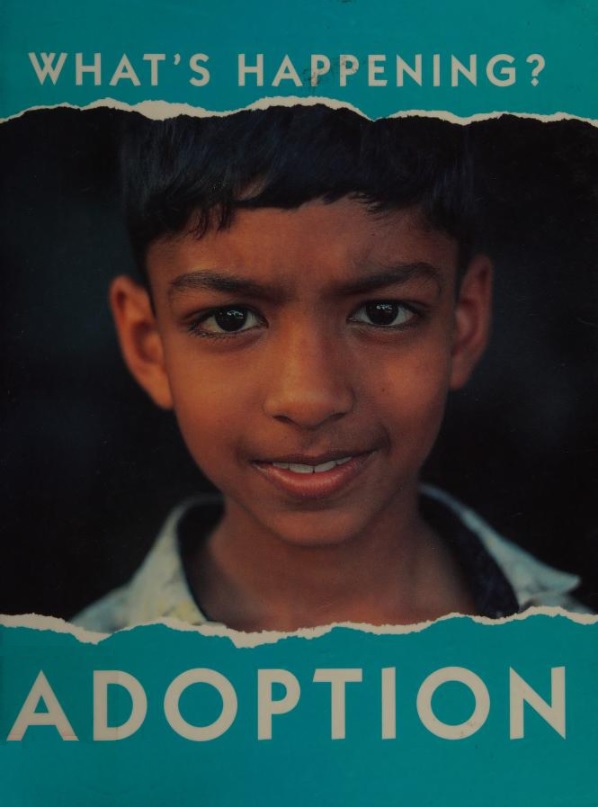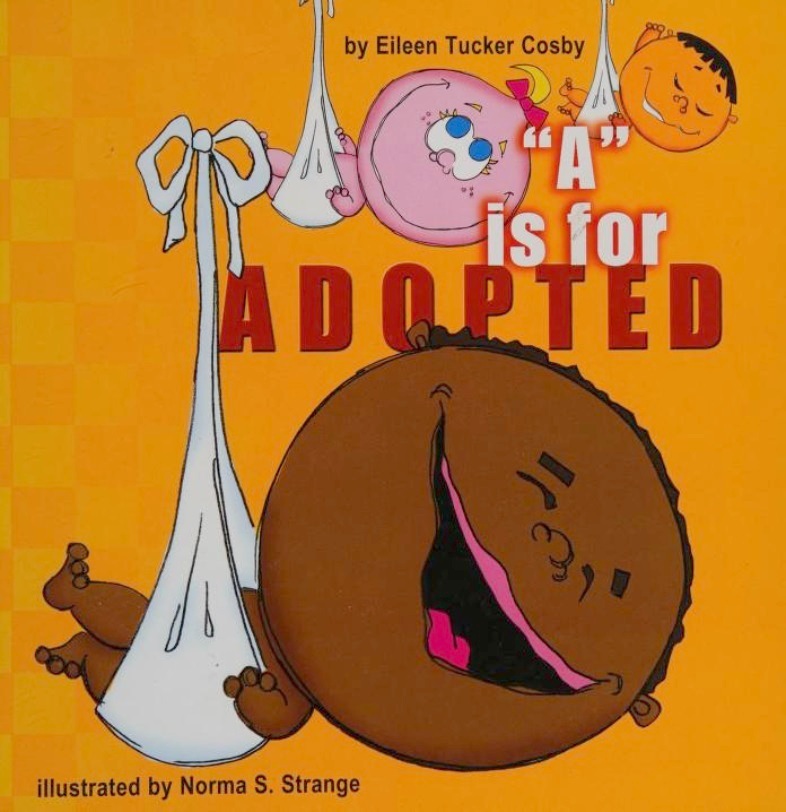 |
|
 |
About the Author: Despite having the happiest of marriages and a successful career motivating others to be their best, Eileen Tucker Cosby felt incomplete. She was childless. After years of heartbreaking fertility treatments, she and her husband, David, decided to adopt a child, Jordan. “From the moment I saw him, all questions about why I couldn’t have a child biologically disappeared,” Cosby says The positive experience of adopting Jordan, and the desire to let adopted children everywhere know how deeply they are loved inspired Cosby to write “A” is for Adopted. She hopes to spread the message that by providing children with a loving home, both biological and adoptive parents are “making our world a better place.”
Drawing has always been a part of life for Norma Strange, owner of Strange View, Inc., a Phoenix-area advertising and graphic design firm. Often complimented on her creativity, Strange responds, “It’s not what I do, its who I am.” Her personal involvement as illustrator of this book was centered on the fact that her mother, Dot Satterthwaite, was adopted. Strange credits her mother for giving her strength and inspiration. She hopes that “A” is for Adopted will illuminate adoption as a precious gilt for both parents and children.
